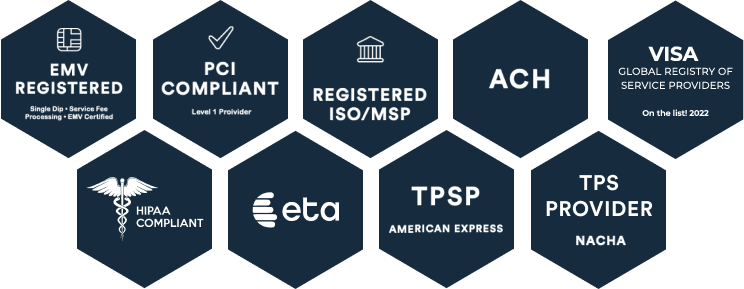Due to the increase of patient financial responsibility, hospitals and health systems often experience difficulty collecting on those patient-pay accounts. In fact, most patient accounts are never paid in full. Research shows that 68 percent of patient bills under $500 are never paid, along with 86 percent of those between $500 and $1,000 and 99 percent of patient bills over $3,000.
Unlike commercial payers, individual patients are often transient or mobile. The mailing address a patient provides when he or she receives healthcare services may no longer be valid by the time his or her claim is processed and an invoice is mailed. The phone number a provider has on file for a patient may no longer be a working number. Resolving an account is almost impossible when a healthcare provider can’t find the individual who is responsible for payment.
In addition, government regulations strictly outline how and when healthcare facilities can communicate with patients who have outstanding accounts. Those regulations vary by state and municipality, and change regularly. It can be expensive when providers contact patients with past due accounts in ways that violate regulations. For instance, each call or text made in violation of the Telephone Consumer Protection Act can cost up to $1,500 per instance in fines and damages.
However, even when patients are reachable and healthcare facilities are contacting them in compliant ways, the facilities’ own payment processing systems often make it even more difficult to collect on outstanding balances from individual patients. For instance, many providers operate within collection silos. It’s often difficult for a patient to find out exactly what they owe across the healthcare system at any given time. Providers frequently have different mechanisms for collections, such as different billing processes for inpatients and outpatients, which can cause confusion. Reviewing multiple statements can be challenging and often daunting for patients, as well as for staff to communicate this information. Also, many hospital billing systems are unable to reflect complex business processes and don’t interact smoothly with patients.
The process for collecting patient financial responsibility is fraught with friction and can often diminish the patient experience. That’s why it’s essential for providers to elevate the conversation with a consumer, providing financial transparency and simplified communication about the patient’s financial responsibility to ensure positive financial and consumer experience outcomes. Healthcare systems must consider harmonizing siloed systems to create a single, integrated view of the patient, securely connecting medical systems and records to patient financial responsibilities.






